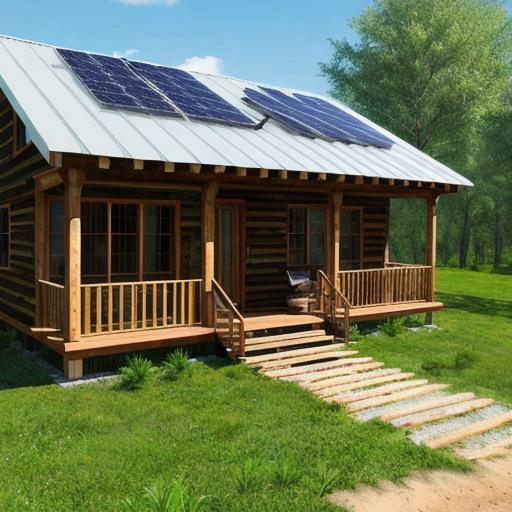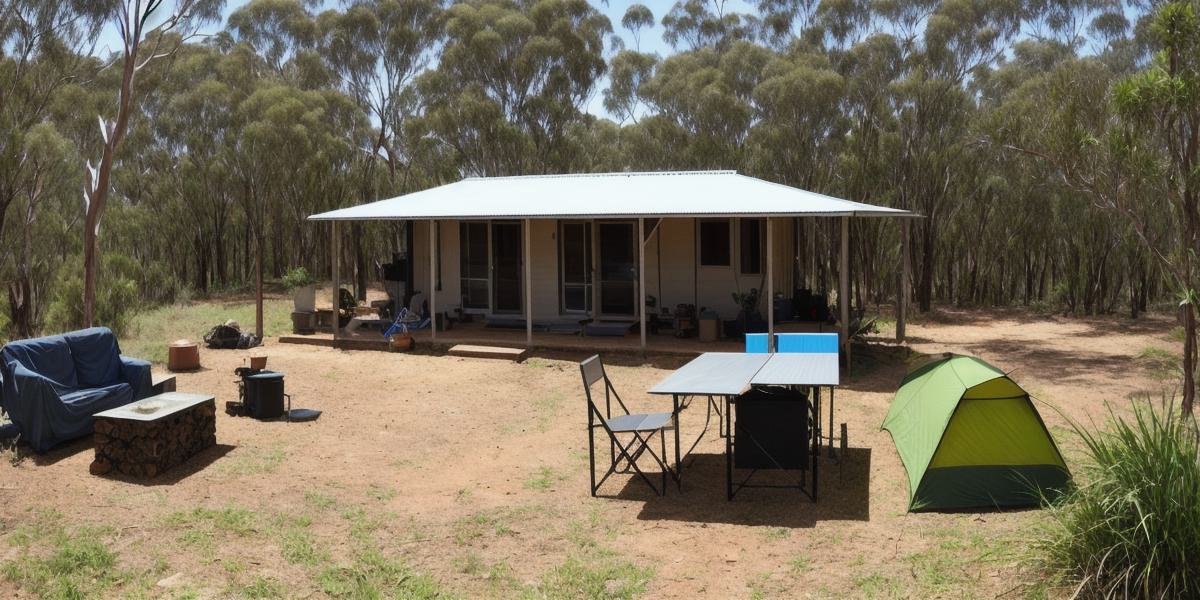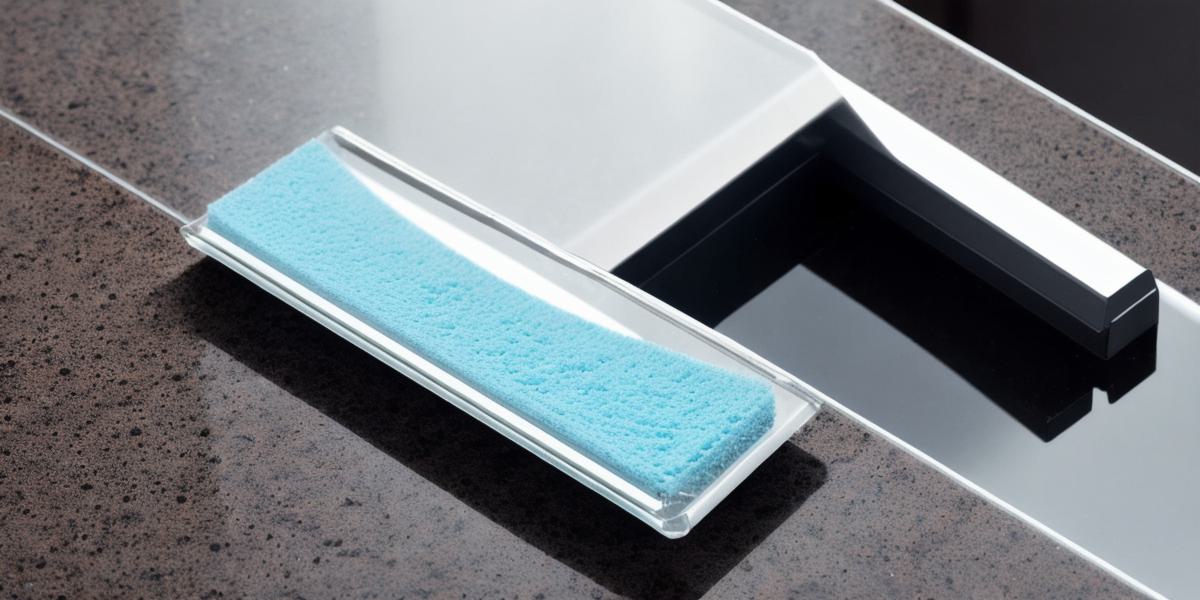consumption of goods by choosing to purchase only what you truly need and avoiding unnecessary waste.
Step 8: Connect with the Community
Living off the grid doesn’t mean living in isolation. It’s important to connect with your local community and share knowledge and resources. This may involve joining a community garden, volunteering at a local organization, or simply sharing your skills and experiences with others. By building strong relationships within your community, you can not only enhance your own quality of life but also help to create a more sustainable future for everyone.
Choosing the Right Location: Key Factors to Consider
The first step in living off the grid is choosing the right location. You’ll want to find a place that has access to plenty of natural resources and a favorable climate for sustainable living. Some key factors to consider when choosing a location include:
Climate: Look for a location with a moderate climate that allows for year-round growing seasons and minimal rainfall during the dry season. Avoid areas with extreme temperatures, heavy rainfall, or high winds as these can make it difficult to grow crops and maintain a comfortable living environment.
Water: Access to clean water is essential for survival, so make sure your chosen location has a reliable source of water, such as a river or spring. You’ll also want to consider the availability of rainwater harvesting systems and other methods for collecting and storing water.

Building materials: Consider the availability and cost of building materials in your chosen location. You’ll want to choose materials that are sustainable and locally sourced whenever possible. Look for natural materials such as timber, straw, or bamboo, which can be easily harvested and processed on-site.
Zoning regulations: Be aware of any zoning regulations or restrictions on land use in your chosen location. Some areas may have strict building codes or limitations on the size of your property, so it’s important to research these before making a decision.
Obtaining Necessary Permits
Before you start building your off-grid home, you’ll need to obtain the necessary permits from local authorities. This may include zoning permits, building permits, and permits for any energy systems you plan to install. It’s important to research the specific requirements for your chosen location and ensure that you have all the necessary permits before beginning construction.
Building Your Home
Building your off-grid home is an exciting and rewarding process. There are many different types of sustainable homes to choose from, including earthbag homes, straw bale homes, and timber frame homes. When choosing a design for your home, consider the local climate and natural resources available in your chosen location. Earthbag homes are a popular choice in Australia due to their durability, affordability, and ability to withstand extreme weather conditions. Straw bale homes are also a good option as they can be easily built using locally sourced materials and provide excellent insulation. Timber frame homes are more suitable for areas with high wind speeds or heavy rainfall.
Installing Renewable Energy Systems
One of the key advantages of living off the grid is that you can install renewable energy systems to power your home. Solar panels are a popular choice for generating electricity, while wind turbines and hydroelectric systems can also be used in some locations. It’s important to choose an energy system that is well-suited to your local climate and has a reliable output of energy. Solar panels are particularly well-suited to Australia’s sunny climate, while wind turbines may be more suitable for areas with high wind speeds.
Setting Up Water Systems
Water is essential for survival, so it’s important to set up a reliable water system for your off-grid home. This may include rainwater harvesting systems, spring water systems, or even a well in some locations. It’s important to choose a water system that is sustainable and can provide a sufficient supply of clean water for your needs. Rainwater harvesting systems are particularly well-suited to Australia’s dry climate, while spring water systems may be more suitable for areas with reliable groundwater supplies.
Growing Your Own Food
Living off the grid means being self-sufficient when it comes to food production. This may involve growing your own fruits, vegetables, and herbs in a greenhouse or raised garden beds. You can also raise animals for meat and dairy, or forage for wild edibles in your chosen location. Growing your own food not only reduces your reliance on commercial agriculture but also allows you to choose healthier and more sustainable produce.



